
Almond Tree Care, Planting & Growing Tips Horticulture.co.uk
The tree grows to 35 metres (115 feet) tall, with an upright, symmetrical crown and horizontal branches. The fruit is corky and light and dispersed by water. As the tree gets older, its crown becomes more flattened to form a spreading, vase shape. Its branches are distinctively arranged in tiers.
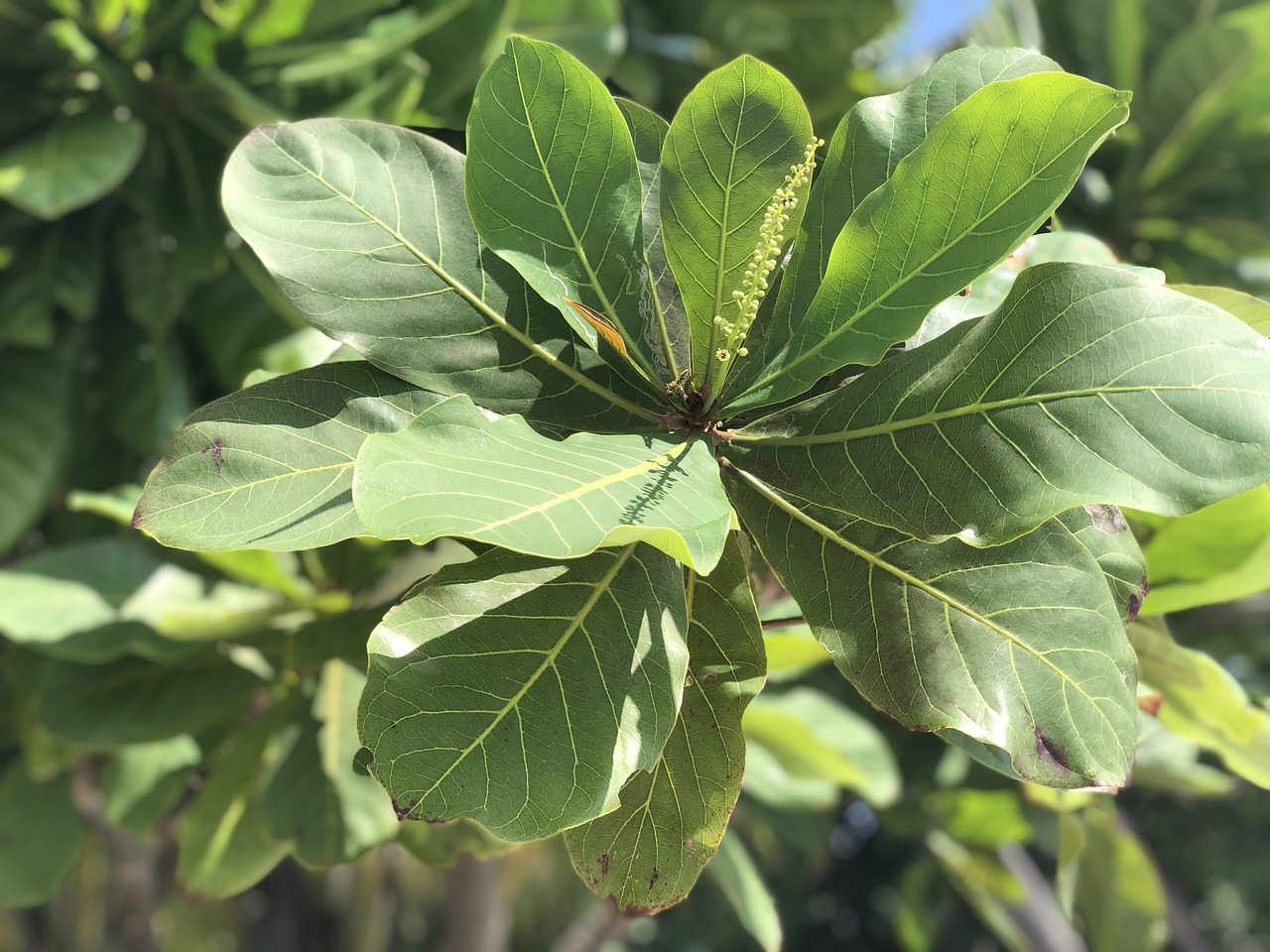
Indian Almond Leaves A Natural Way To Control Water Chemistry CoralRealm
Alternaria Alternaria leaf spot is an almond disease caused by the fungi Alternaria alternata , A. arborescens , and A. tenuissima. The first sign is large brown spots forming on the leaves. These expand and turn black, before causing the leaf to fall. If the disease is bad enough, it can defoliate a tree entirely by the early summer.
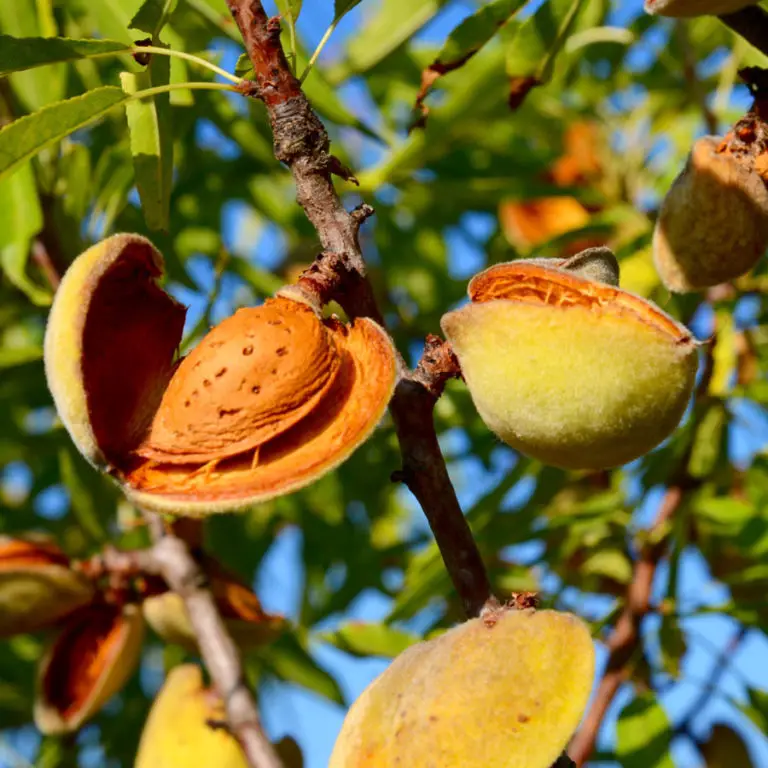
How to Grow Almonds Plant Instructions
Indian almond leaves or Catappa leaves come from the tropical Terminalia catappa or Indian Almond tree that grows in tropical countries, specifically Australia, Africa, and Asia.. The bark and leaves of the tree have long been used by people as medicinal and are known to contain a variety of chemicals, including beneficial tannins, such as punicalagin and punicalin, flavonoids, including.

Almond Tree Varieties Learn About Different Almond Trees For Gardens
🤔 What are almond leaves? Almond leaves, specifically from the Indian Almond Tree (Terminalia catappa), are known for their broad, leathery structure and a rich, dark green hue. They play a significant role in aquatic habitats and are commonly used in aquariums due to their medicinal properties and ability to improve water conditions for fish.
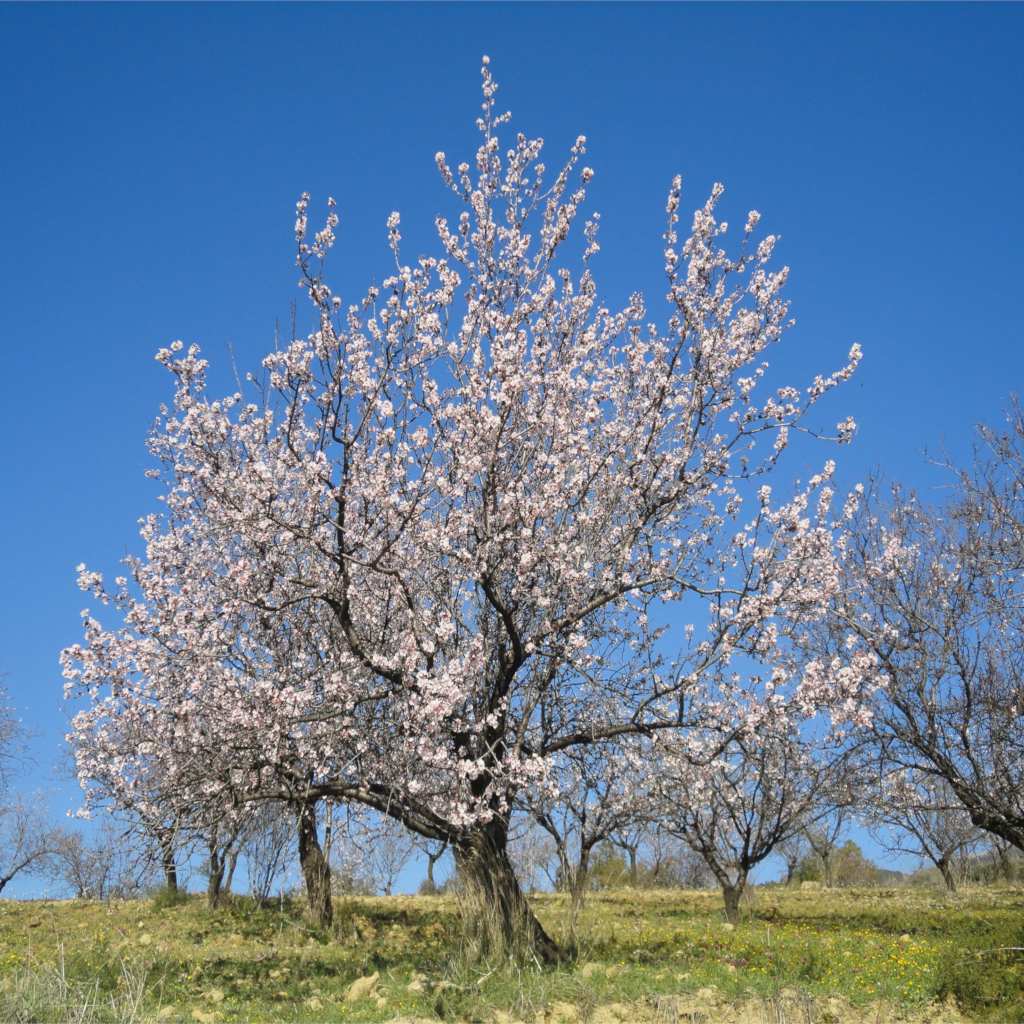
Almond tree planting, care, pruning, harvest and diseases
Plant your almond trees 15 to 25 feet apart from one another. Place a bare root or sapling in a hole about 18 to 24 inches deep, which should be about the size of the container the tree came in. Be careful when placing the taproot into the hole, but make sure it's laying firmly at the bottom for support. The Spruce / Evgeniya Vlasova
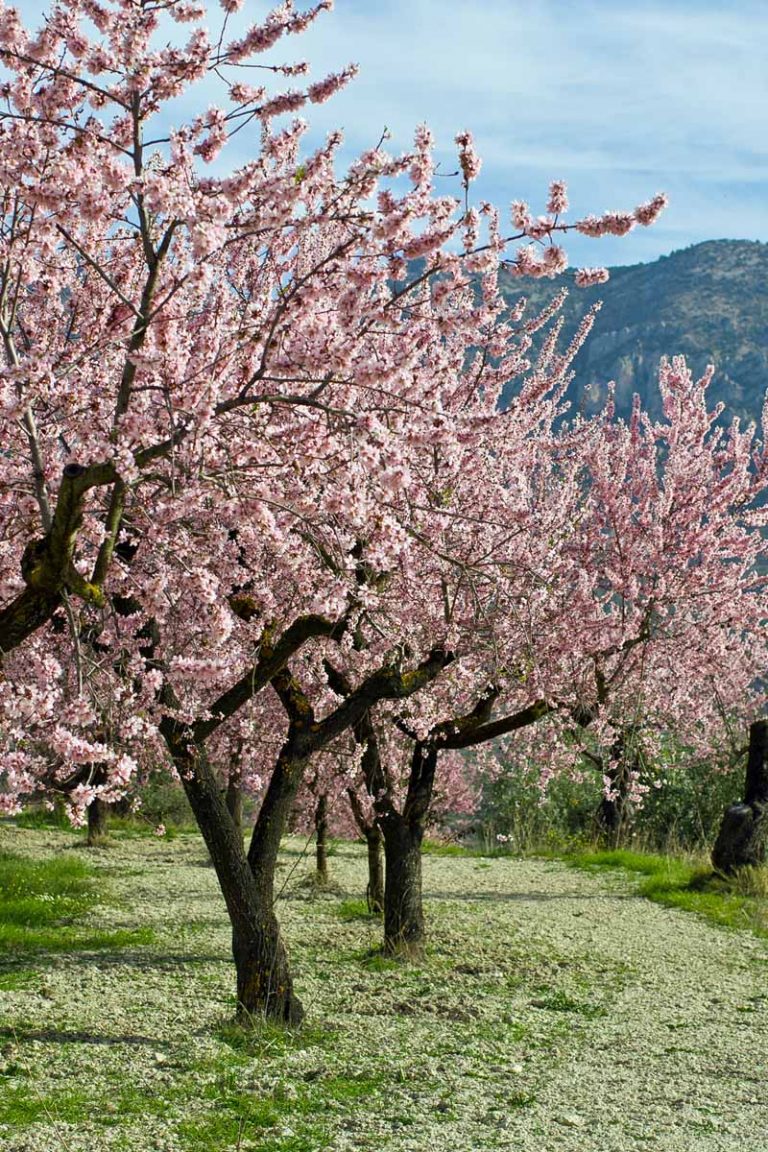
How to Plant, Grow, and Care for Almond Trees Gardener's Path
March 25, 2023 by Natasha Foote Prunus dulcis From candy, to marzipan (my all-time favorite), to the boom in almond "milk" interest, people are absolutely nutty about almonds, and rightly so. Believe it or not this coveted tree crop has been cultivated from as early as 4,000 BC - and shows no sign of dropping out of fashion any time soon.
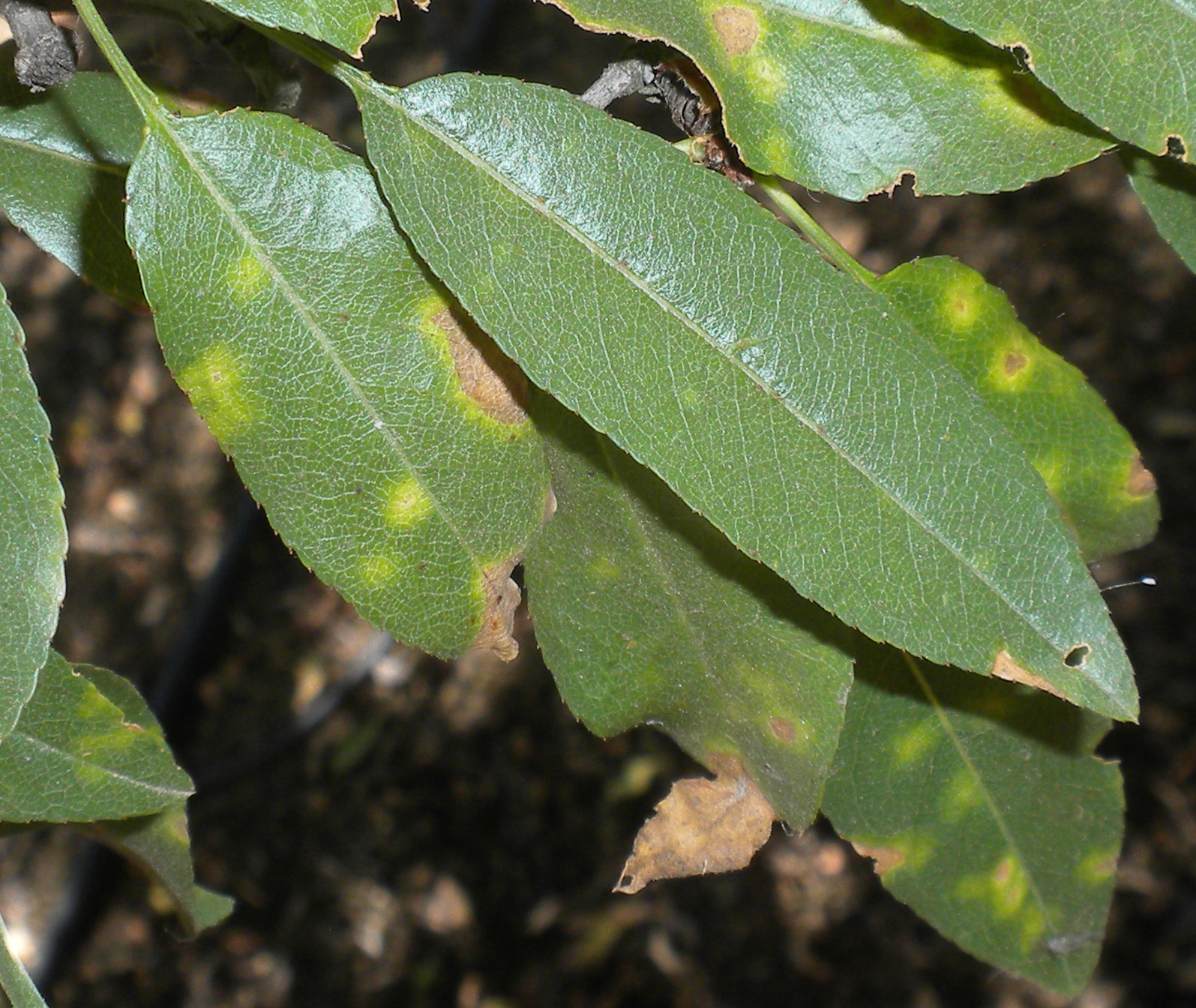
Almonds Facts, Health Benefits and Nutritional Value
The almond ( Prunus amygdalus, syn. Prunus dulcis) is a species of small tree from the genus Prunus, cultivated worldwide for its seed, a culinary nut. Along with the peach, it is classified in the subgenus Amygdalus, distinguished from the other subgenera by corrugations on the shell ( endocarp) surrounding the seed. [4]
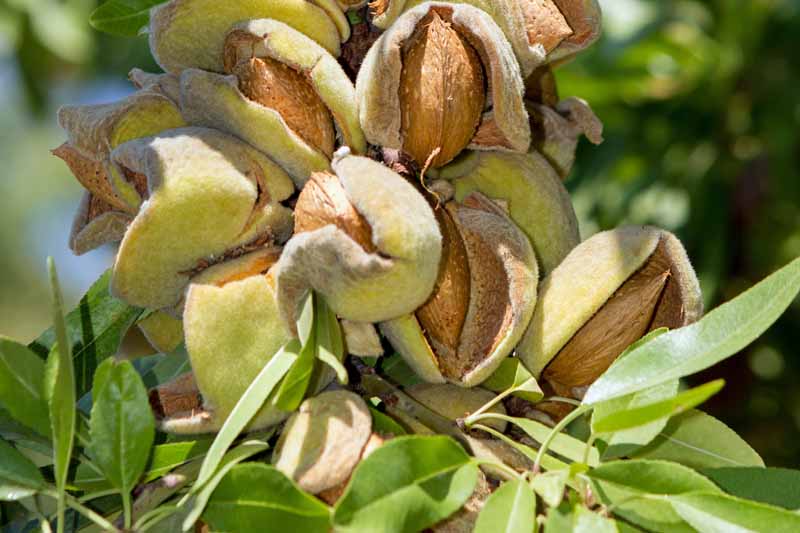
How to Plant, Grow, and Care for Almond Trees Gardener's Path
Almond tree ( Prunus dulcis) is a deciduous flowering tree grown for its pretty spring blossom and edible nuts. Almond trees form an upright and spreading head of branches, wreathed with masses of small pale pink or white flowers borne on the bare branches in late winter and early spring, before the leaves open.
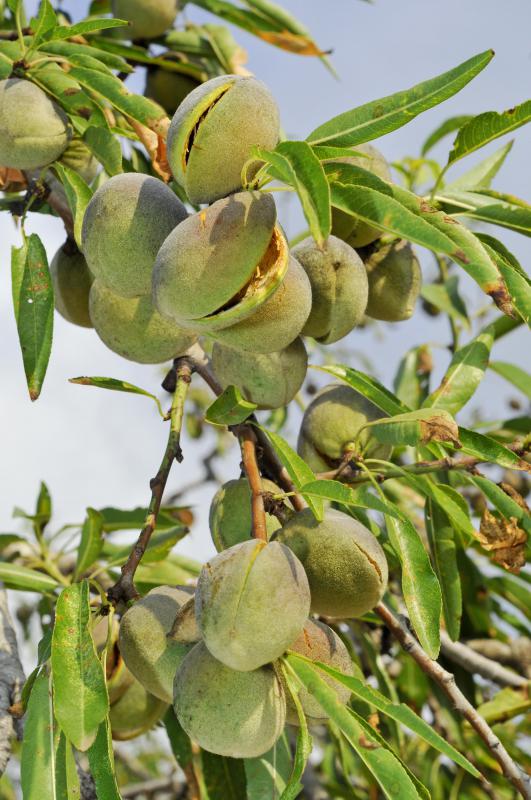
In Aquariums, How Do I Use Almond Leaves? (with pictures)
Almond leaf scorch appears as a marginal scorching of leaves that begins as early as June and continues to develop during summer. A golden yellow band develops between the brown necrotic edge and the inner green tissues of the leaf. Disease symptoms may appear first on one branch or a portion of one scaffold. As years go by, more and more of the tree is affected until the whole canopy is involved.
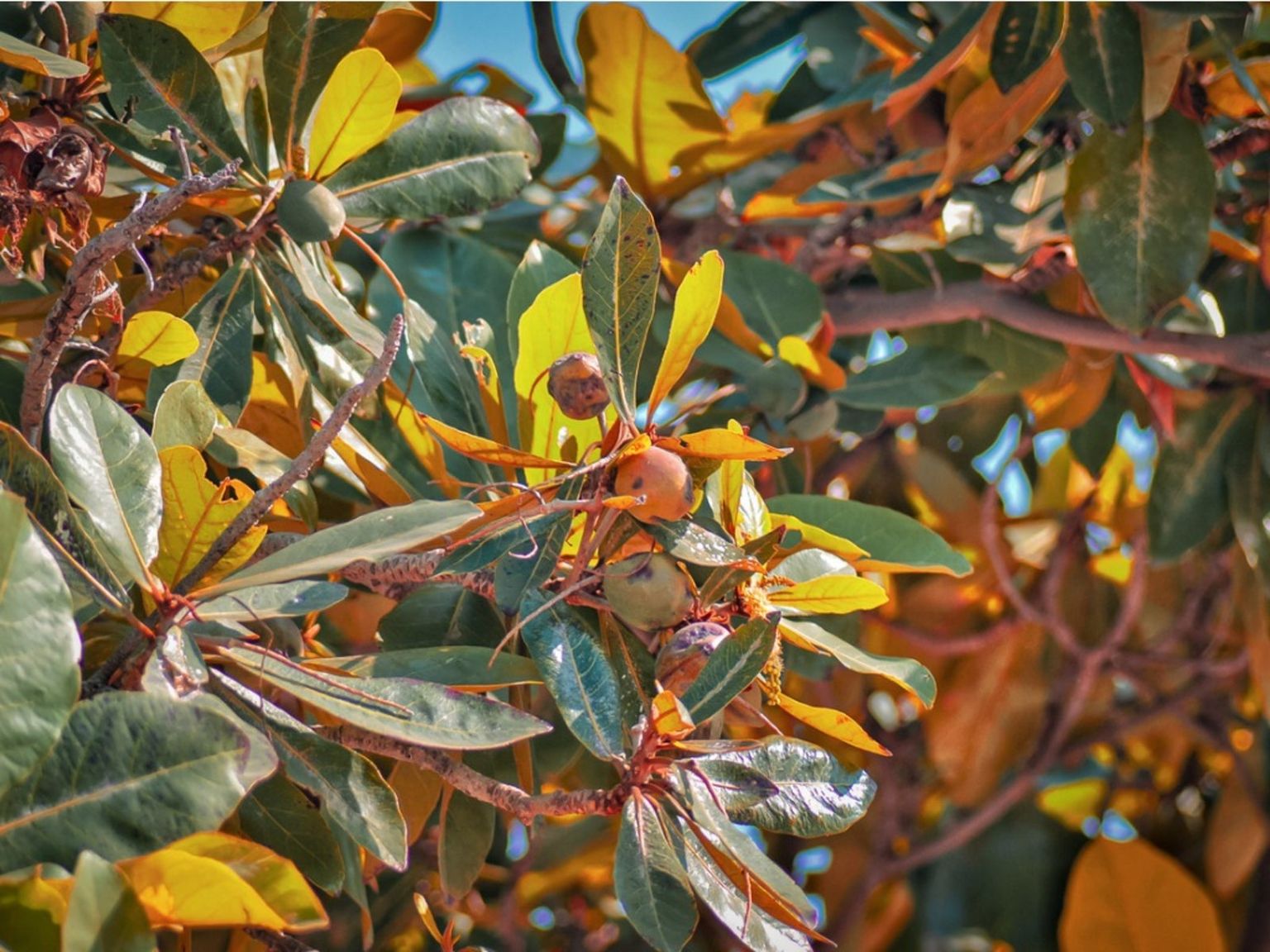
Indian Almond Cultivation Learn How To Grow Tropical Almond Trees
The almond tree flowers appear before the leaves do. It is the 1 st fruit tree to bloom at the end of winter. The almond tree is considered to be one of the symbols of virginity. Often planted as a standalone, its small size makes it possible to set it up in small groups of 3 or 4.

Almond Diseases and Pests, Description, Uses, Propagation
The almond tree, Prunus dulcis, is a deciduous tree in the family Rosaceae that is grown for its edible seeds (nuts). The tree has brown or gray bark and either an erect or weeping growth habit, depending on the variety. The trunk can reach 30 cm (12 in) in diameter.

Almond Tree Care Learn How To Grow An Almond Tree
Almond leaves are 7.5-13 cm (3-5 in) long with a serrated edge and grow on the branches. White to pale pink flowers and hairy green fruits are produced by the tree. A single seed is contained in the fruit. The leaves of the almond tree are 5-10 cm long, with serrations on each side. They are greenish-yellow in colour and have a pointed tip.
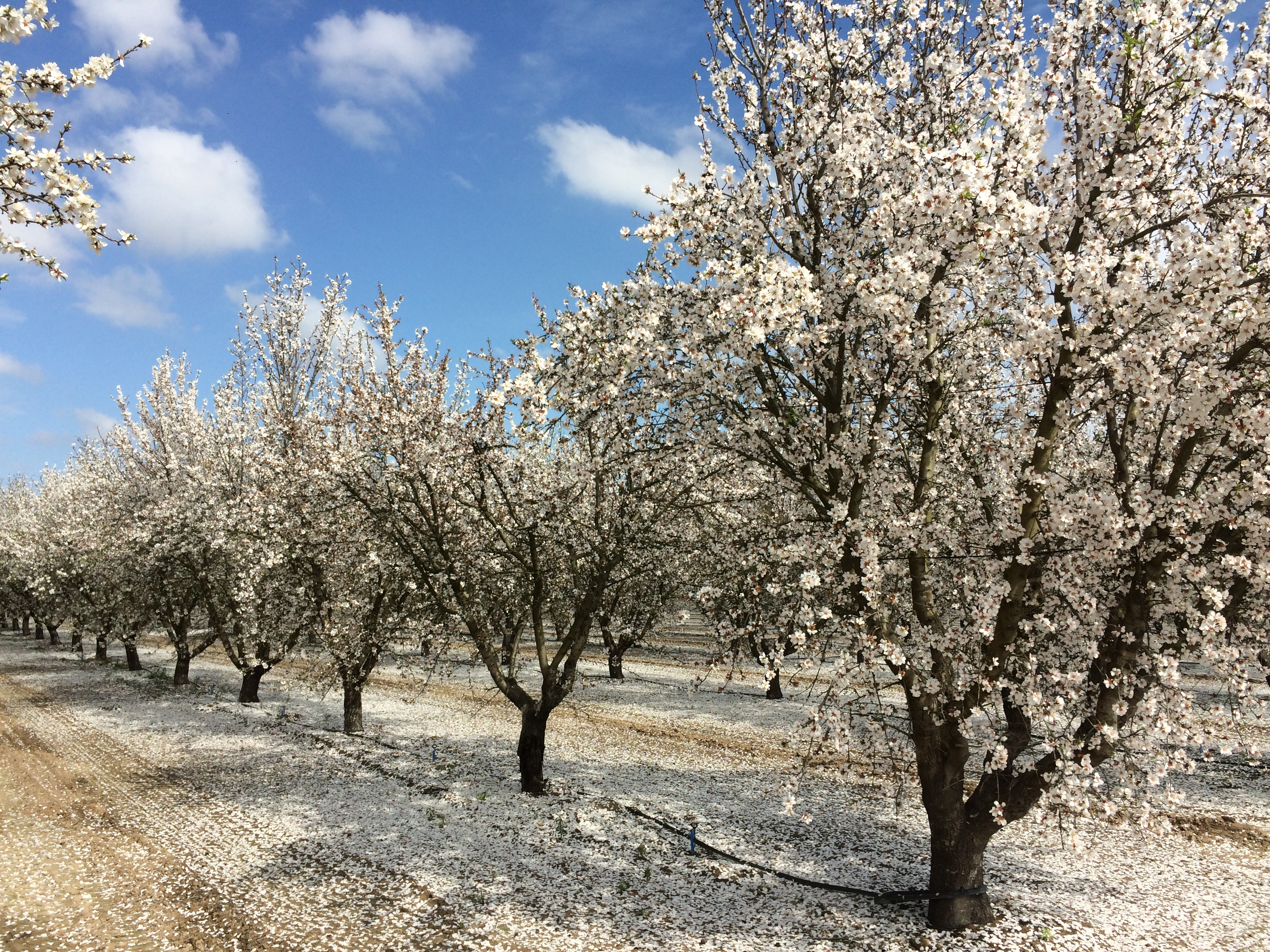
2016 Almond Bloom Considerations The Almond Doctor
Peace Eke-Efeme May 3, 2022 Almond, Trees Almond nuts are one of the world's most famous nuts. They contain vitamins, minerals, protein and fiber, and so may offer a number of health benefits. Almonds are one of the most consumed nuts in the country yet only a handful of these people know how to properly cultivate it.

How To Grow An Almond Tree In Your Backyard A Beginner's Guide
Almond tree problems are most serious if the trees have inadequate irrigation in the early months of bud and leaf development. On the other hand, overwatering has its own dangers. Trees getting excess water and fertilizer are susceptible to hull rot, a windborne fungal disease.

Almond Tree Almond tree, Plant leaves, Plants
Even with the best care, however, almonds are susceptible to their share of almond tree diseases. When treating sick almond trees, it's important to recognize almond disease symptoms in order to identify which of the diseases of almond are afflicting the tree.. Shot hole disease appears as small, dark lesions on the leaves and infects the.

Where Do Almond Trees Grow In India
Breeders in Southeast Asia noticed long ago that fish and shrimp that lived in waters next to any Terminalia Catappa tree, or the tropical Indian almond tree from the Leadwood tree family, were found to be healthier and more vibrant than their counterparts in other waters.